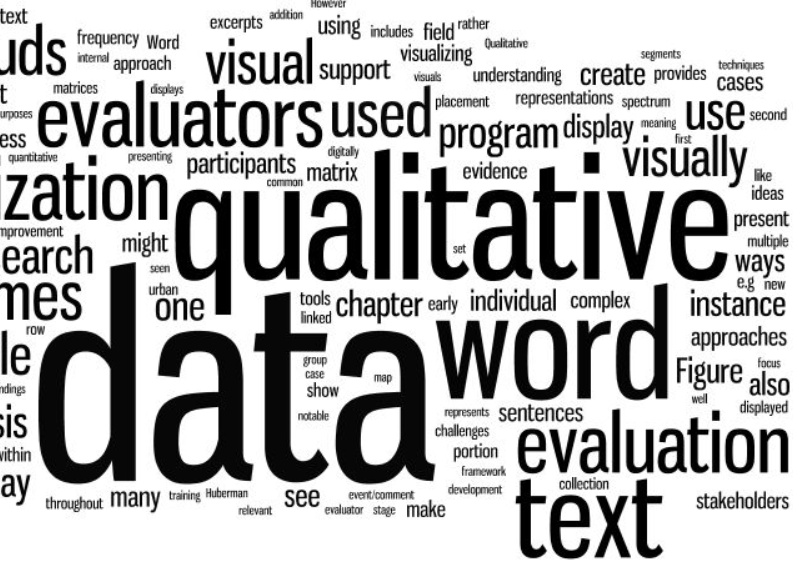Introduction to Qualitative Data Analysis
Qualitative data analysis is an important part of research because it helps us understand and gain insights from non-numerical data. When analyzing qualitative data, it is crucial to understand the research goals and choose the right methods and techniques. This involves organizing and categorizing data, identifying patterns and themes, and interpreting the findings. By following steps and using software, researchers can analyze qualitative data to create useful findings for their field.
Overview of Qualitative Data Analysis
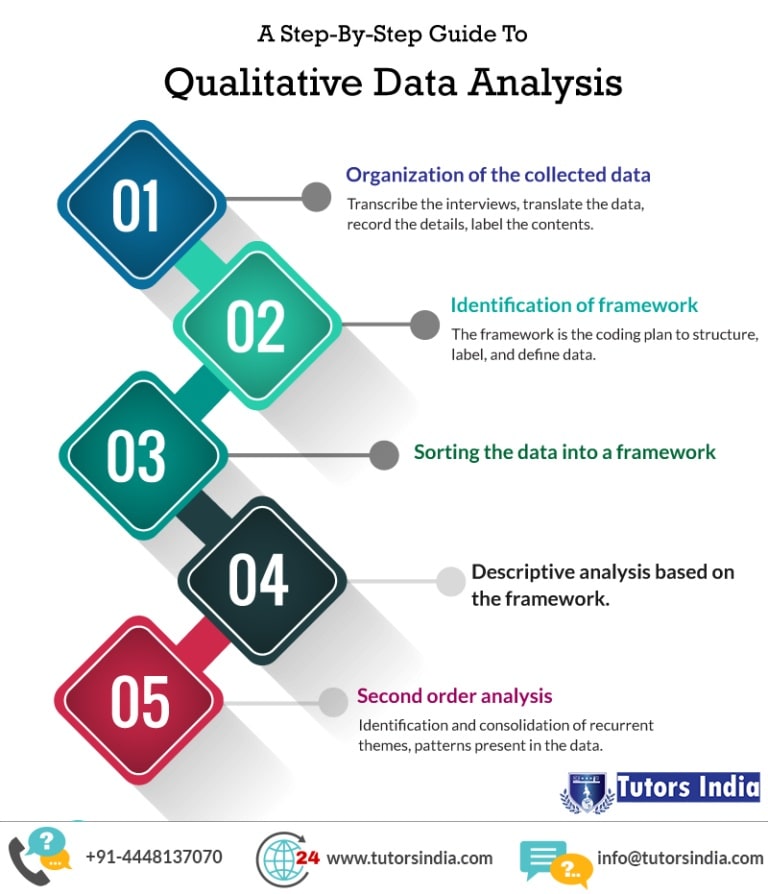
Qualitative data analysis is important in research because it helps us gain insights and understanding from non-numerical data. Qualitative data analysis effectively, researchers need a clear understanding of their objectives and should employ appropriate techniques such as organizing and categorizing data, identifying patterns and themes, and interpreting the findings. By following systematic procedures and utilizing software tools, researchers can generate meaningful insights that contribute to the knowledge base in their field.
Importance of Qualitative Data in Research
Qualitative data is important in research as it helps researchers gain detailed insights, understand complex phenomena, and explore subjective experiences. By capturing rich and detailed information, qualitative data provides a deeper understanding of human behavior, social interactions, and cultural contexts. It allows researchers to explore questions that cannot be easily quantified or measured, uncovering nuanced perspectives and uncovering new knowledge. Qualitative data enhances research studies by adding depth and richness, complementing quantitative data to provide a more comprehensive understanding of the research topic.
Getting Started with Qualitative Data Analysis
- Gathering Qualitative Data: Begin by collecting data through interviews, observations, or surveys, ensuring diverse perspectives and a sufficient sample size.
- Coding and Categorizing Data: Analyze the collected data by assigning codes to meaningful segments and organizing them into categories to identify patterns and themes.
- Thematic Analysis: Conduct a thematic analysis to identify recurring themes, examine their relationships, and draw insights from the data.
- Content Analysis: Use content analysis to systematically analyze textual or visual data, identifying patterns, and extracting meaningful information.
By following these steps, you can lay the foundation for conducting in-depth qualitative data analysis and gaining valuable insights into your research topic.
Gathering Qualitative Data
When gathering qualitative data, it is crucial to ensure a diverse range of perspectives and a sufficient sample size. This can be done through interviews, observations, or surveys. Pay close attention to the details and nuances of the data collected to capture the richness of the participants’ experiences. Properly documenting and organizing the data will set the stage for the next step in the qualitative data analysis process.
Coding and Categorizing Data
Coding and categorizing data is a crucial step in qualitative data analysis. After gathering the data, it needs to be organized and categorized based on themes, patterns, or concepts. This involves assigning codes or labels to different data segments to make it easier to analyze and identify key insights. By systematically coding and categorizing the data, researchers can identify common themes, explore relationships, and draw meaningful conclusions. It is essential to use a consistent coding framework and document the coding process to ensure accuracy and transparency in the analysis.
Techniques for Qualitative Data Analysis
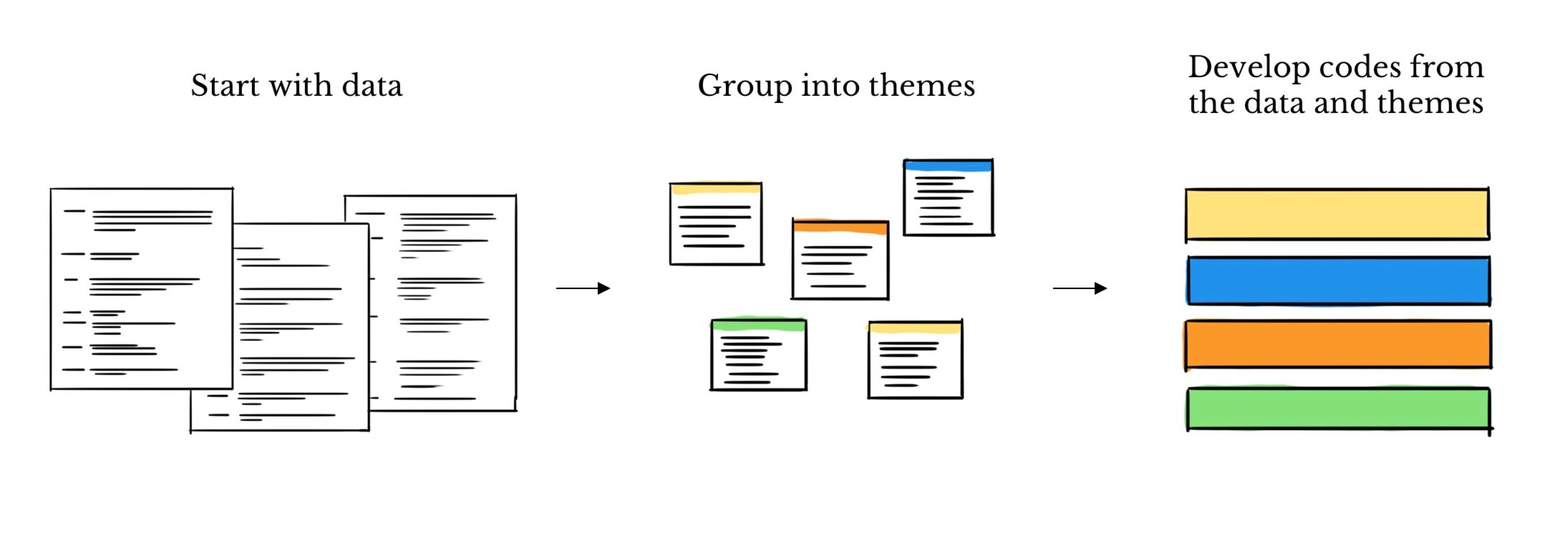
Thematic Analysis: One common technique for qualitative data analysis is thematic analysis, which involves identifying and analyzing patterns or themes within the data to gain insights.
Content Analysis: Another technique is content analysis, where researchers systematically analyze and categorize the content of the data based on predefined categories or codes to identify patterns and trends.
These techniques help researchers make sense of the data by organizing, categorizing, and identifying key themes or patterns, ultimately leading to meaningful interpretations and insights.
Thematic Analysis

To conduct a thematic analysis, begin by familiarizing yourself with the data and making notes on any initial impressions or patterns you observe. Then, start coding the data by identifying and labeling relevant themes or patterns. Once you have coded the data, review the themes and consider how they connect or contribute to the overall research question. Finally, analyze and interpret the themes to develop meaningful insights and conclusions based on the data.
Content Analysis

Content analysis is a technique used to analyze and interpret qualitative data systematically. To conduct a content analysis, select a set of documents or sources to analyze. Next, create a coding framework or system to categorize the data based on relevant themes or concepts. Then, apply the coding framework to the data by identifying and labeling specific pieces of information. Finally, analyze the coded data to identify patterns, trends, and insights. Content analysis is a valuable tool for researchers seeking to explore and understand textual or visual data content.
Software for Qualitative Data Analysis
Regarding qualitative data analysis, using software can greatly enhance efficiency and accuracy. There are several popular software options available that can assist researchers in organizing and analyzing their data. Some commonly used tools include NVivo, MAXQDA, and Atlas.ti. These software programs allow researchers to import, transcribe, code, and categorize data, making the analysis process more streamlined. Additionally, they offer features such as text search, visualization tools, and the ability to create reports and presentations. Using software for qualitative data analysis can save time and provide valuable insights for researchers.
Introduction to Software Tools
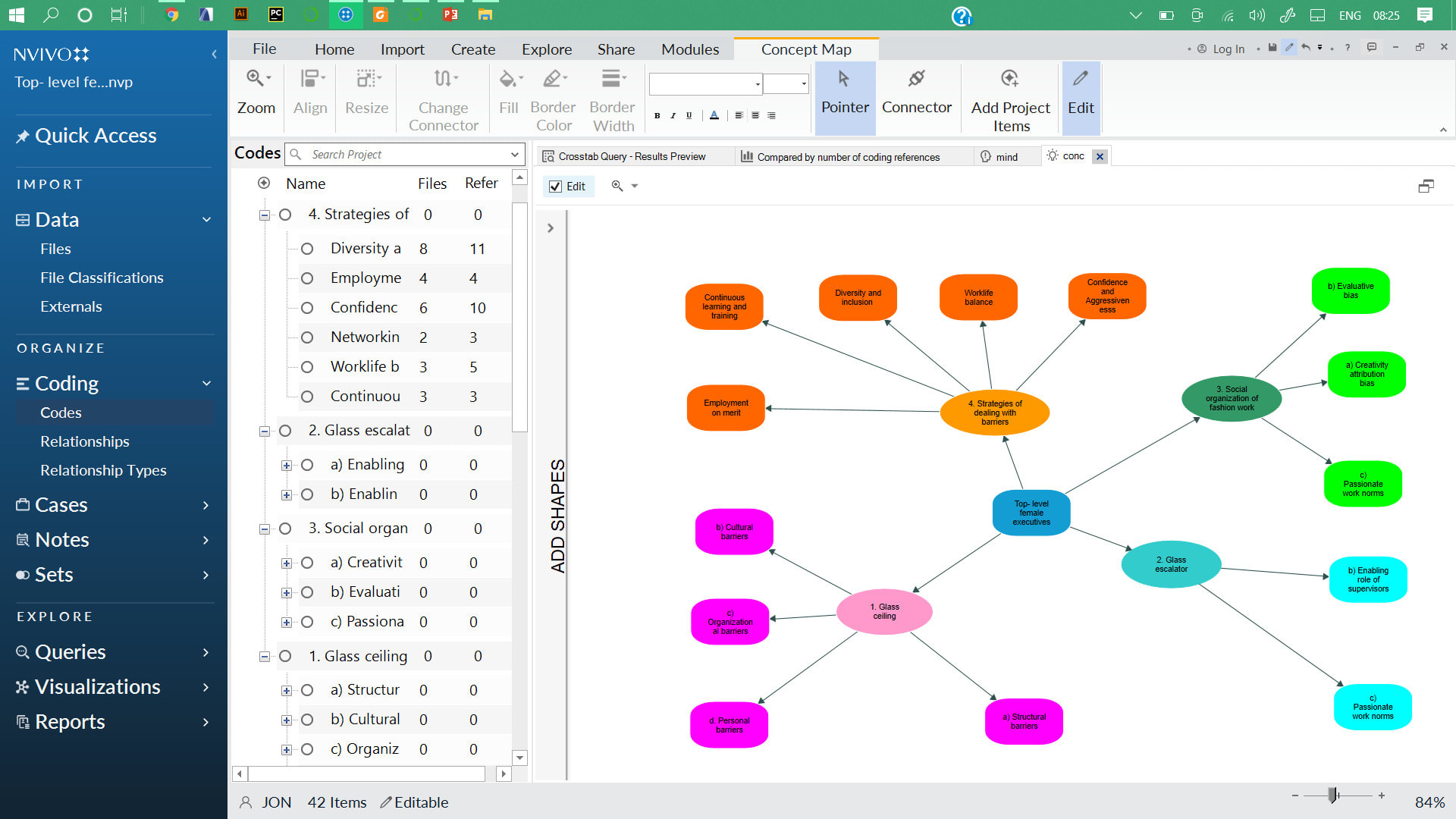
Software tools play a crucial role in qualitative data analysis, helping researchers organize and analyze their data efficiently. These tools, such as NVivo, MAXQDA, and Atlas.ti, provide data import, transcription, coding, and categorization features. They also offer text search, visualization tools, and the ability to create reports and presentations. Researchers can save time and gain valuable insights from their data by using software for qualitative data analysis. Choosing the right software tool is essential for a seamless and effective analysis process.
Comparison of Popular Software Options
When it comes to qualitative data analysis, researchers have several software options to choose from. The most popular ones include NVivo, MAXQDA, and Atlas.ti. Each of these tools offers unique features and capabilities, so it’s essential to compare them before making a decision. Factors to consider include data import options, coding and categorization capabilities, search and visualization tools, and reporting features. By comparing the different software options available, researchers can choose the one that best suits their needs and research objectives.
Interpreting and Presenting Qualitative Data
Once you have analyzed your qualitative data, the next step is interpreting and presenting your findings. Start by identifying patterns and themes that emerge from the data. This can be done through a detailed review of the coded data and looking for commonalities and trends. Once you have identified the key patterns and themes, it’s time to present your findings effectively. This can be done through visualizations such as charts, graphs, or diagrams, as well as through clear and concise written reports or presentations that convey the main findings to your audience.
Identifying Patterns and Themes
To identify patterns and themes in qualitative data, carefully review the coded data for commonalities and trends. Look for recurring ideas, concepts, or experiences that emerge across multiple participants or data sources. Organize codes that are related into themes in order to analyze and understand their significance. Consider these themes’ frequency, intensity, and depth to gain insights. By identifying patterns and themes in your data, you can uncover deeper meanings and implications that contribute to a more comprehensive understanding of your research topic.
Reporting Findings Effectively

When it comes to reporting qualitative data findings effectively, it’s essential to present your analysis in a clear and concise manner. Start by organizing your data and identifying key themes and patterns. Then, use visual aids such as charts, graphs, or tables to present your findings visually. Use descriptive language to articulate your analysis and provide supporting evidence from the data. Finally, consider the audience and purpose of your report to tailor your presentation accordingly. By following these steps, you can effectively communicate the insights gained from your qualitative data analysis.
Conclusion
In conclusion, qualitative data analysis is an invaluable tool for researchers and analysts seeking to gain insights from non-numerical data. By organizing, coding, and interpreting the data, key themes and patterns can emerge. This analysis can then be effectively presented through visual aids and descriptive language. By reporting findings effectively, researchers can communicate their insights clearly to their intended audience. For beginners, it is important to remember to tailor the presentation to the audience and purpose, and to continue to develop your qualitative data analysis skills through practice and further learning.
Key Takeaways for Beginners
- Familiarize yourself with the basics of qualitative data analysis, including gathering and coding data.
- Choose the appropriate technique for analysis, such as thematic or content analysis.
- Utilize software tools to streamline and enhance your analysis process.
- Look for patterns and themes in the data to uncover key insights.
- Report your findings effectively, using visual aids and descriptive language.
- Tailor your presentation to your audience and purpose.
- Continue to practice and develop your qualitative data analysis skills.
Next Steps in Advancing Your Qualitative Data Analysis Skills
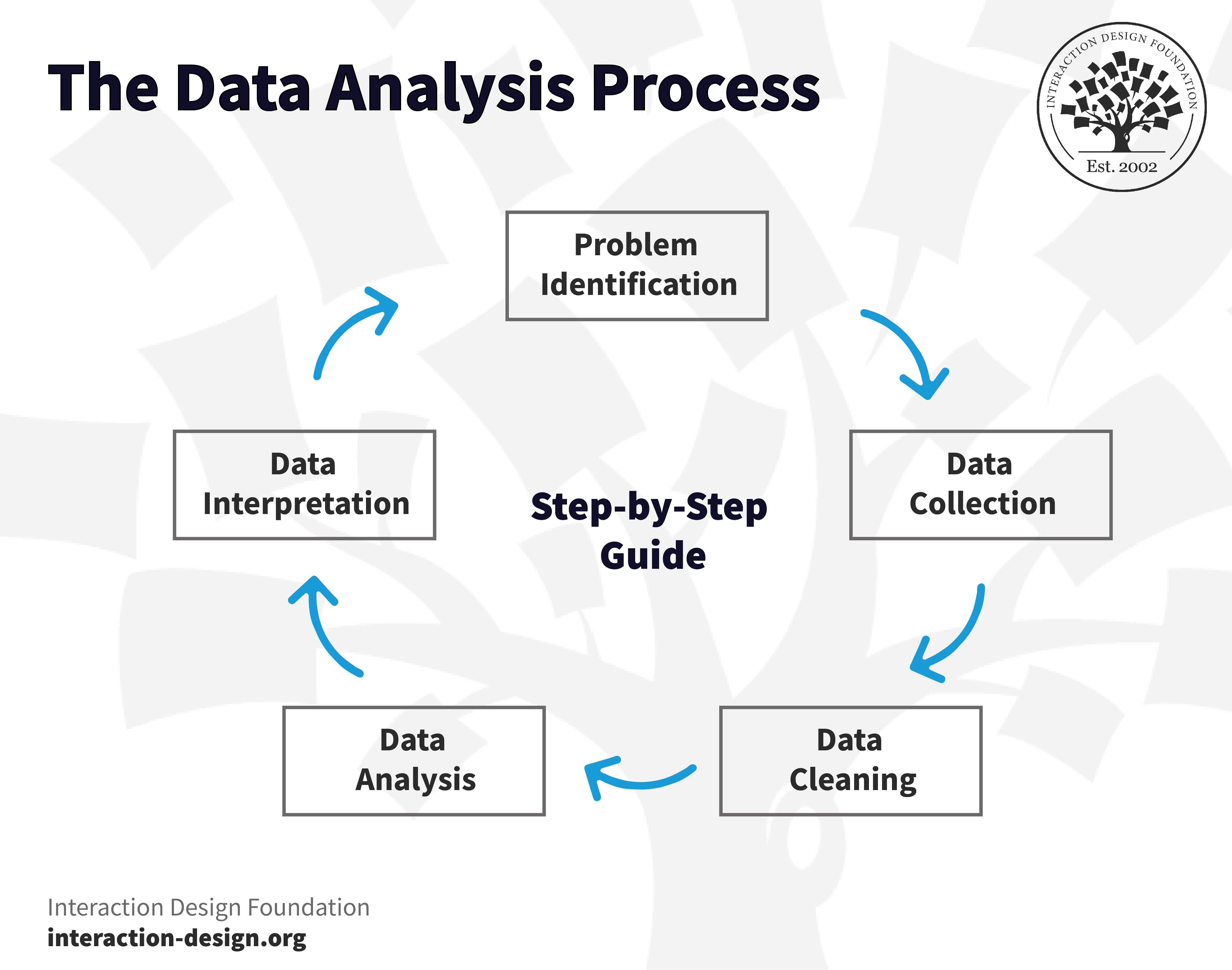
To advance your qualitative data analysis skills, consider the following steps:
- Engage in ongoing learning and professional development opportunities, such as workshops or online courses.
- Seek mentorship or guidance from experienced researchers in the field.
- Practice analyzing different types of qualitative data to gain expertise in diverse methodologies.
- Stay updated on emerging trends and developments in qualitative data analysis techniques.
- Participate in research collaborations or projects to gain practical experience.
- Reflect on your analysis process and continuously refine your approach.
- Share your findings and insights through publications or presentations to contribute to the field.
Remember, mastery of qualitative data analysis is an ongoing journey that requires dedication and continuous learning.

